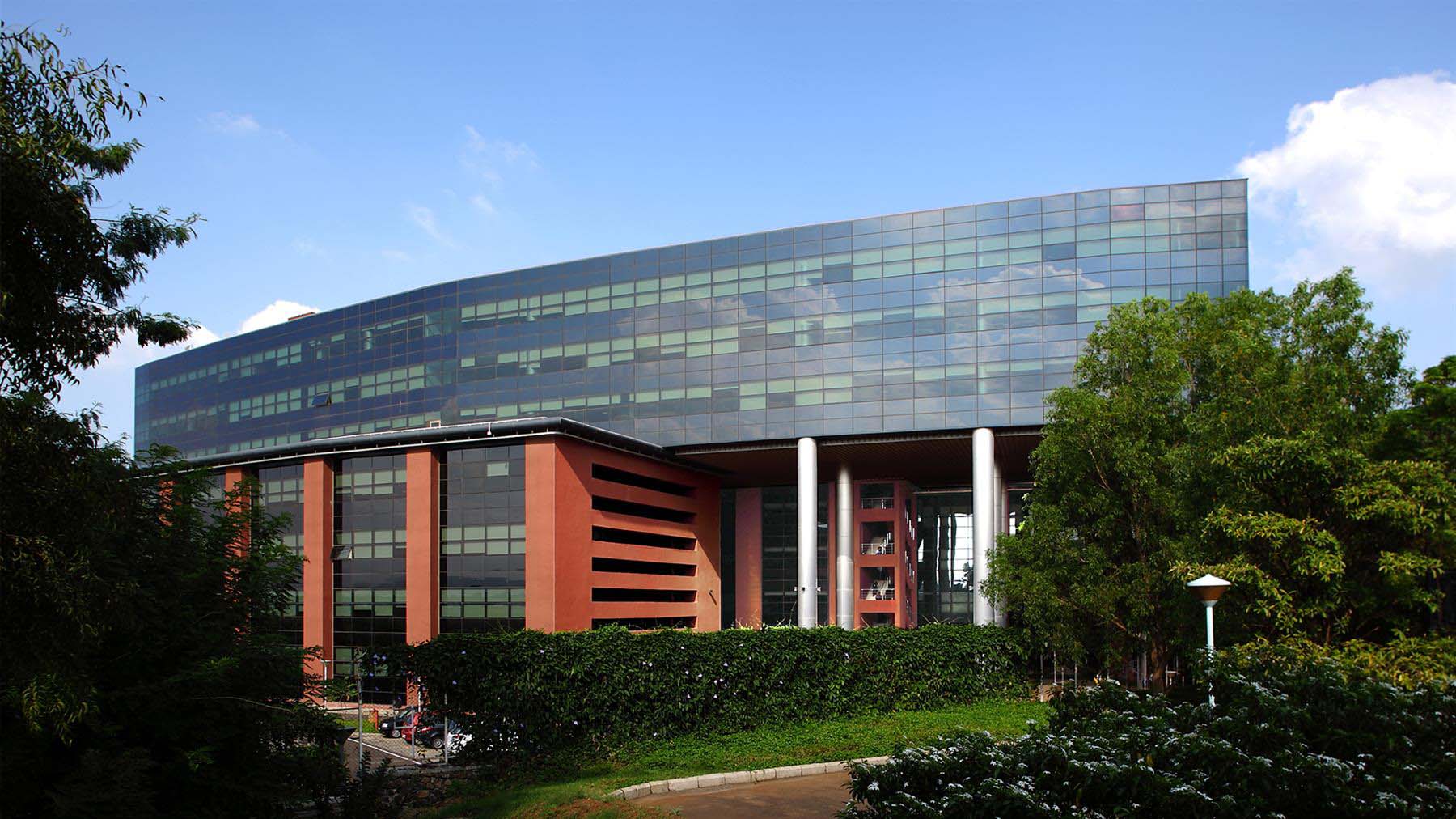The future of glass processing is poised to be shaped by emerging technologies such as automation, artificial intelligence, and robotics. These technologies are set to revolutionize the glass processing industry by increasing efficiency, precision, and cost-effectiveness.
The key area where automation is making a significant impact is in the cutting and shaping of glass. Automated cutting machines are able to cut glass with high precision and accuracy, reducing the need for manual labor and minimizing waste. This results in cost savings for customers as well as increased consistency on the finished products.
Another area where emerging technologies are making a significant impact is in the use of artificial intelligence (AI) for glass inspection. AI-powered systems are able to quickly and accurately inspect glass for defects, reducing the need for manual inspection and increasing the overall quality of the finished product.
Robotics is also playing an increasingly important role in the glass processing industry. Robotic systems are able to handle heavy and delicate glass with precision and ease, reducing the risk of accidents and increasing efficiency.
Overall the incorporation of these emerging technologies in glass processing is set to bring a range of benefits to customers. These include cost savings, increased precision and accuracy, improved quality control, and reduced waste. With the continued development and advancement of these technologies, the future of glass processing looks bright.
In addition to these technologies, new glass processing techniques such as smart glass, self-cleaning glass, and energy-efficient glass are also being developed. These new glass materials and processing technologies are set to bring new opportunities for the glass processing industry and provide customers with new and innovative solutions.
The technologies are set to revolutionize the glass processing industry by increasing efficiency, precision, and cost-effectiveness and providing customers with new and innovative solutions. As the industry continues to evolve, it will be exciting to see what new technologies and applications will emerge in the coming years.
Benefits of technologies in glass processing:
Increased Efficiency: New technologies in glass processing, such as laser cutting and robotic automation, are expected to significantly increase efficiency and production speeds.
Improved Quality: Advanced techniques such as precision grinding and polishing are expected to improve the overall quality and consistency of glass products.
Increased Automation: The use of robotics and automation in glass processing is expected to reduce human error and improve overall production processes.
Enhanced Durability: The development of new glass composites and coatings is expected to increase the durability and resistance of glass products to damage and wear.
Environmental Benefits: New technologies in glass processing, such as recycling and energy-efficient methods, are expected to reduce waste and environmental impact.
Cost Savings: Advanced technologies in glass processing are expected to reduce costs associated with production, such as labor, energy, and materials.
Customization: With the help of advanced technologies, It will be easier to customize glass products according to specific needs and requirements.
Smart Glass: With the advancement of technology, smart glass is becoming more prevalent, which allows to control the light transmission, temperature and privacy through the glass.
let us know if you want us to use FG Glass to improve the aesthetic appeal of your new or retrofit project.

You might also like
Feb 21, 2022 by TARIQ KACHWALA
Feb 21, 2022 by TARIQ KACHWALA
Feb 23, 2022 by TARIQ KACHWALA










